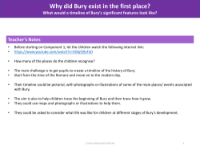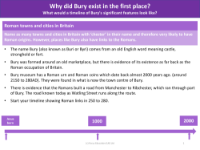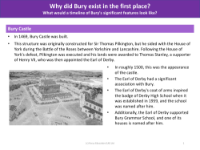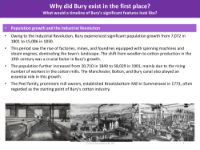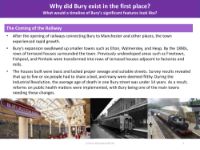What would a timeline of Bury's significant features look like? - Presentation
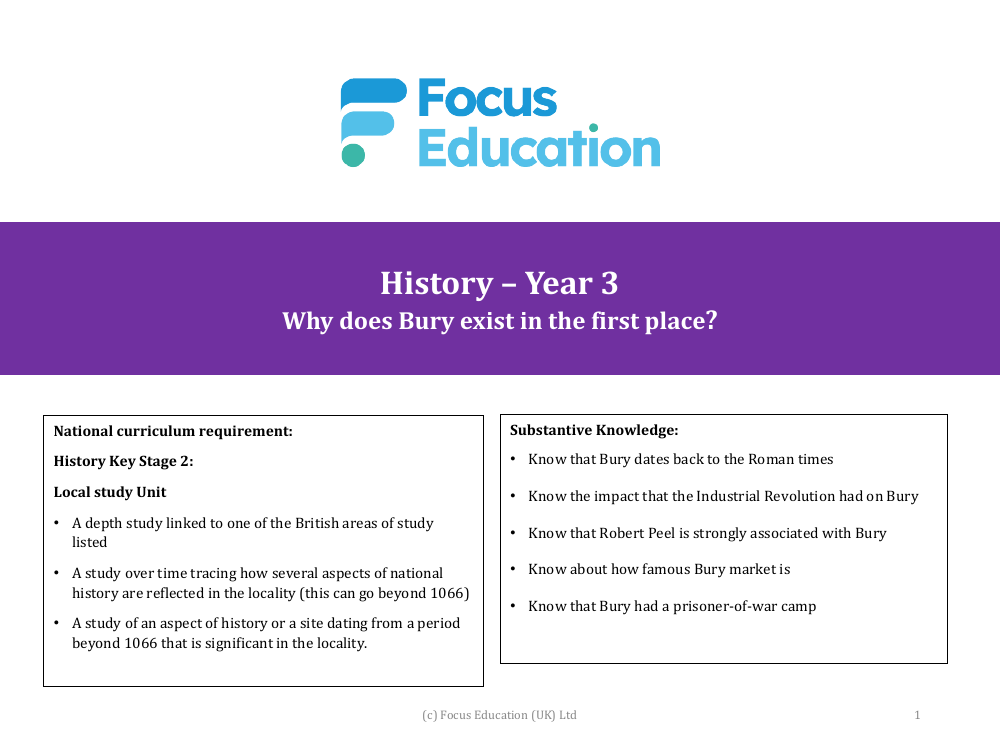
History Resource Description
The history of Bury is a rich tapestry that stretches back to Roman times, with its original names Buri or Byri indicating its ancient roots. It was a settlement that grew around a marketplace, a centre of trade and community life. The National Curriculum for Key Stage 2 History encourages students to delve into the depth of Bury's past, from its Roman origins to the transformative period of the Industrial Revolution. This era saw Bury's population explode from just over 7,000 in 1801 to an impressive 58,029 by 1901, as the town became a hub of cotton production and industrial innovation. The influence of the Peel family, with Robert Peel as a notable figure, is a significant thread in the town's historical narrative, as is the development of the famous Bury market, known throughout the United Kingdom.
Further enriching Bury's historical landscape was the establishment of a prisoner-of-war camp during World War II, which held German and Italian soldiers. The town's growth was also spurred by the advent of the railway, which connected Bury to Manchester and beyond, leading to the expansion and urbanisation of the area. Despite the challenges of the Industrial Revolution, including cramped living conditions and public health issues, Bury emerged as a significant locality with a unique identity, marked by its world-famous black pudding and its contribution to British history. Students are encouraged to explore the chronology of Bury's development, understanding causation and significance through historical enquiry, and to interpret the past through various types of evidence and sources.
